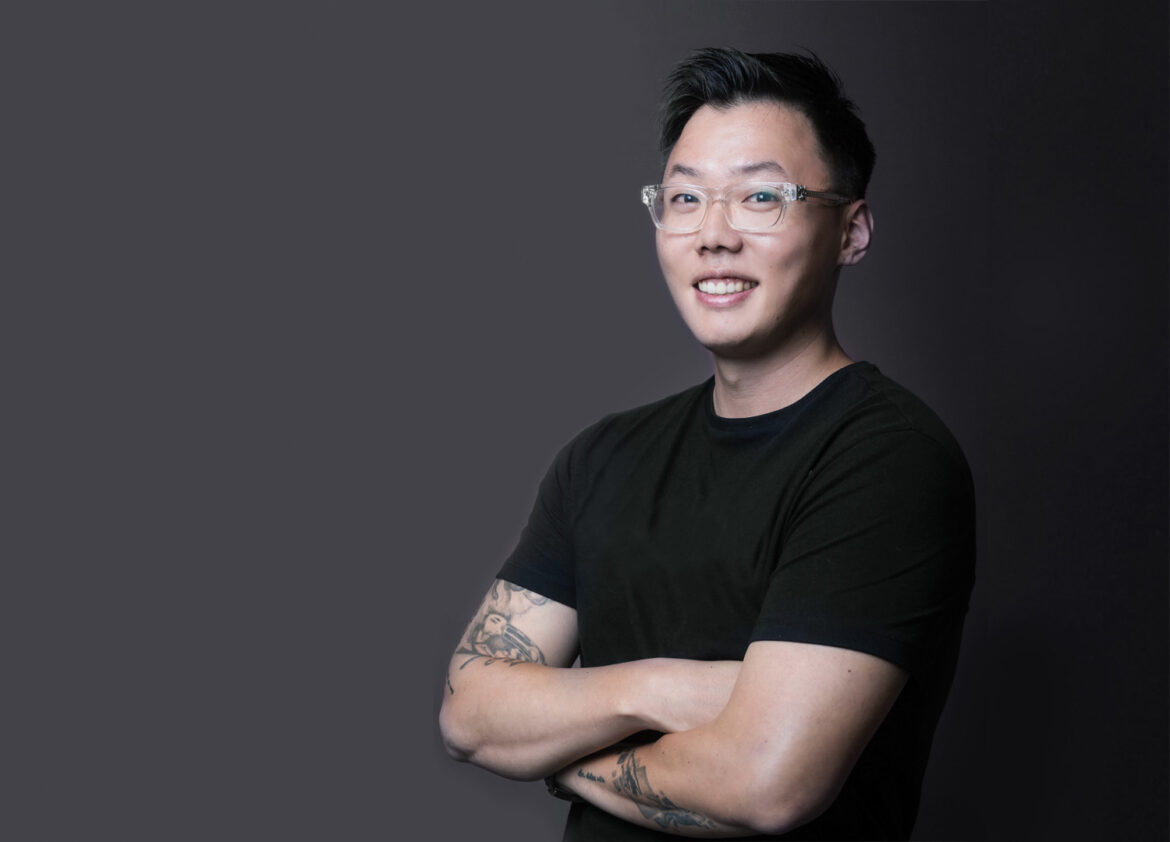By J. Elliott Mendez
“I believe simple is the most complex thing,” said Academy of Art University School of Interaction & UI/UX Design (formerly School of Web Design & New Media) alum Kyo Kim.
When he came to the United States from Korea, Kim was a filmmaker looking to expand his audience by learning English and breaking into Hollywood. When he graduated from the Academy in 2015 with his B.F.A., he was on a path to using innovative design language to change how people interact with the world.
“I really loved movies since I was young,” said Kim. “I was really like a nerd to see all different movies. That was my motivation to come to the U.S. and to come to Hollywood. I wanted to learn more about film.”
Kim’s passion for the aesthetics of visual storytelling wasn’t the only thing that brought him to the Academy. It was his experience with one particular piece of tech that would alter the course of his life and chosen profession: the iPhone.
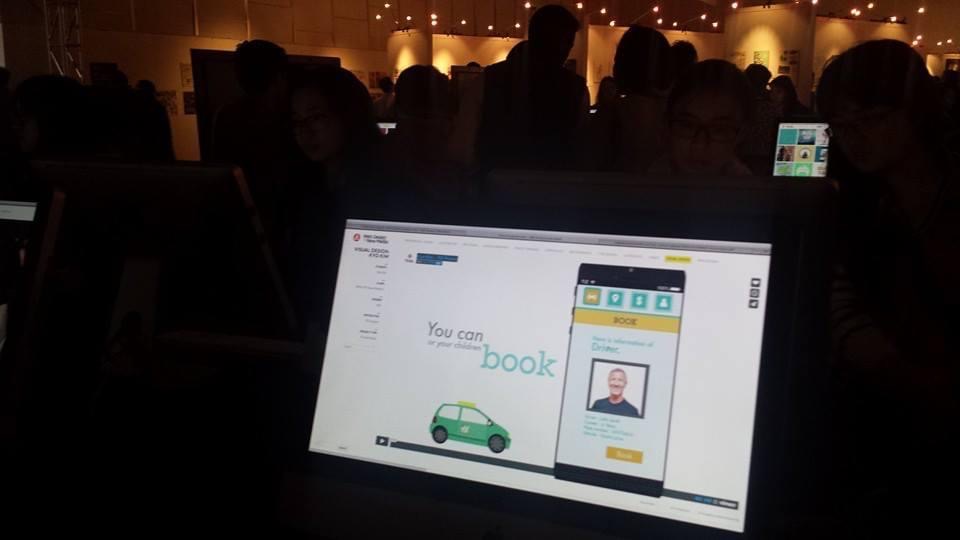
In 2010, Apple released the iPhone 4. It was the fourth iteration of the revolutionary device that changed the world back in 2007 and the first complete redesign of the device. It featured a glass screen and the first Retina display. At the time, Steve Jobs touted it as the “biggest leap since the original iPhone.” It would also be the last iPhone he ever announced on stage.
“Once I came to the U.S., I found a totally new field. At the time, a new iPhone came out. I mean, there were other touch screens, but I never imagined a phone could have a touch screen, and the interaction is super simple and super easy to use. I was curious, like, ‘Who made this?’ That was exactly the time I applied [to attend] Academy of Art University.”
At the Academy, he learned there were majors offered that would allow him to study motion graphics and movies, but also UI/UX design. He knew he could change his major if he decided later that it wasn’t for him. But something told him he needed to at least make the attempt.
“I just wanted to give it a try. For some reason, I was fully into the interaction design and UX design. I was really curious if I could be the person designing that iPhone and digital interface.”
The thing that impressed Kim about the iPhone so much was something he called “the simple interaction,” that is, a design that is so intuitive that each response the device gives meets the expectation of users when they touch the screen.
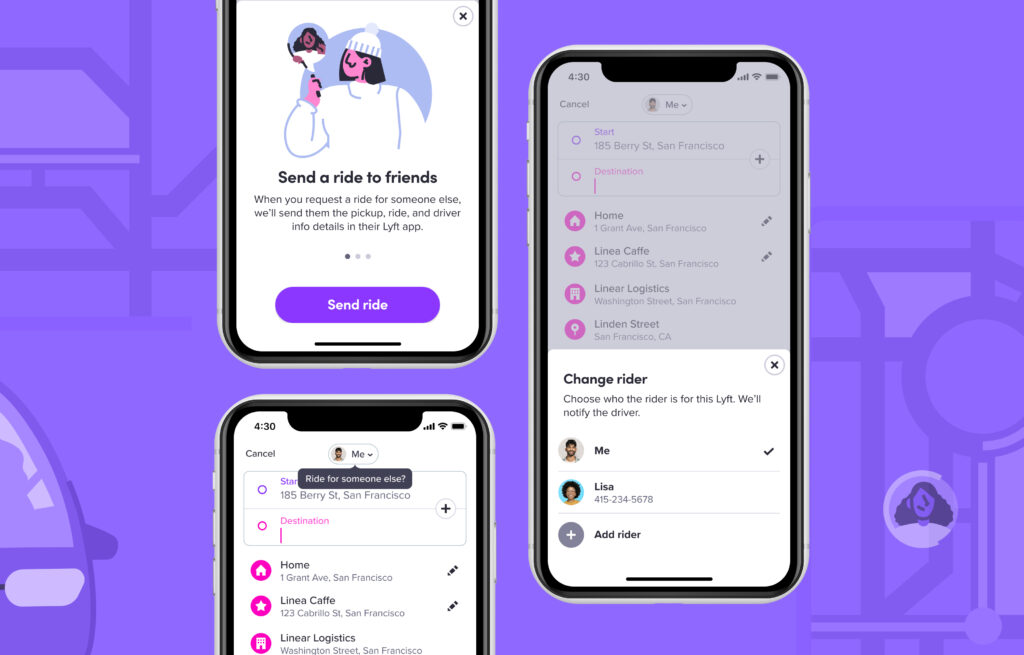
Attending the Academy opened Kim’s mind to the possibility of having multiple ways to solve a problem. He noted that the way his instructors would provide him with feedback was supportive, always pointing out the good before turning to areas that could be improved. One of the most empowering words they would often use to help him expand his own creativity was “maybe.” It was this structure and support that carried him through his imposter syndrome until he developed confidence in his keen eye for design.
“The way [the Academy] educates changed my life. In Korea, traditionally, there’s a very strict answer; professors have a very specific direction. When I came [here], I was expecting the same thing. I was trying to find an answer, [but] design has no answer. It’s very subjective. But my brain was stuck on that.”
Kim went on to work with several companies in his career, like Zillow, Capital One, and Facebook, and after receiving offers from multiple companies, Lyft. Choosing the ride-share innovator was a decision he made in part because he was attracted to the company’s culture and the kind attitudes of everyone he met during the interview process. It was a kindness that extended even to their drivers, which piqued Kim’s curiosity. But there was also another reason.
“I have a passion to work for family, work for children, in the taxi service. In Korea, transportation is really amazing and safe. But in the U.S., especially in the suburban area, it’s hard to live without a car. There’s not many good services.”
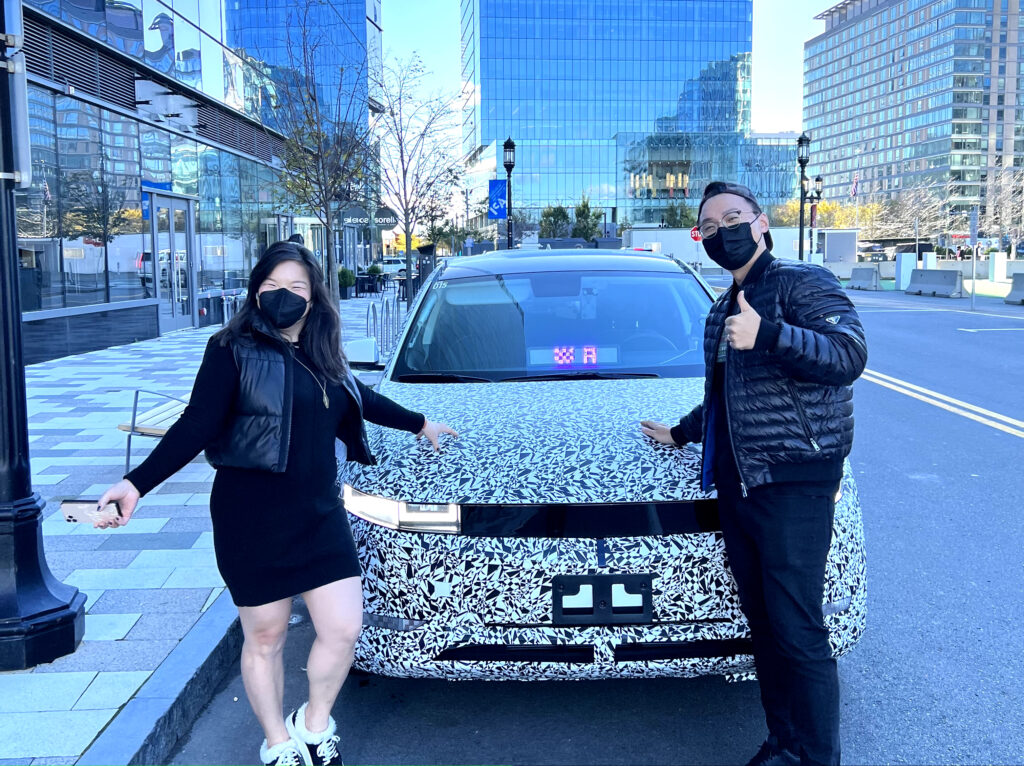
Taxis for Children, the project Kim had been developing while at the Academy to create a transportation experience specifically aimed at helping families with children, was something he could bring to life at Lyft. It was the basis for two Lyft programs that debuted in 2021, Ride for Others and Lyft Family—both with specialty features geared towards making the user experience of getting transportation for others safe, seamless, and simple.
As he gained more experience, he realized that he could use his skills to make a difference in people’s lives. With the rise of the gig economy, he identified a need for a lending application that would put the power back in the hands of everyday people.
Teaming up with like-minded individuals, he co-founded Lenme, an app that allows people to borrow money from one another without the need for intermediaries. The app may yet prove to be a game-changer for an industry that can often be exclusionary to many communities. But for Kim, it isn’t about the money. He wanted to help others solve problems and improve their lives. In this case, improving the access to and experience of financial funding and borrowing resources.
The drive to help others at the heart of how Kyo Kim approaches life is a sentiment that was echoed by School of Interaction & UI/UX Design Director Fred McHale when he reflected on Kim’s days as a graduating student of the Academy.
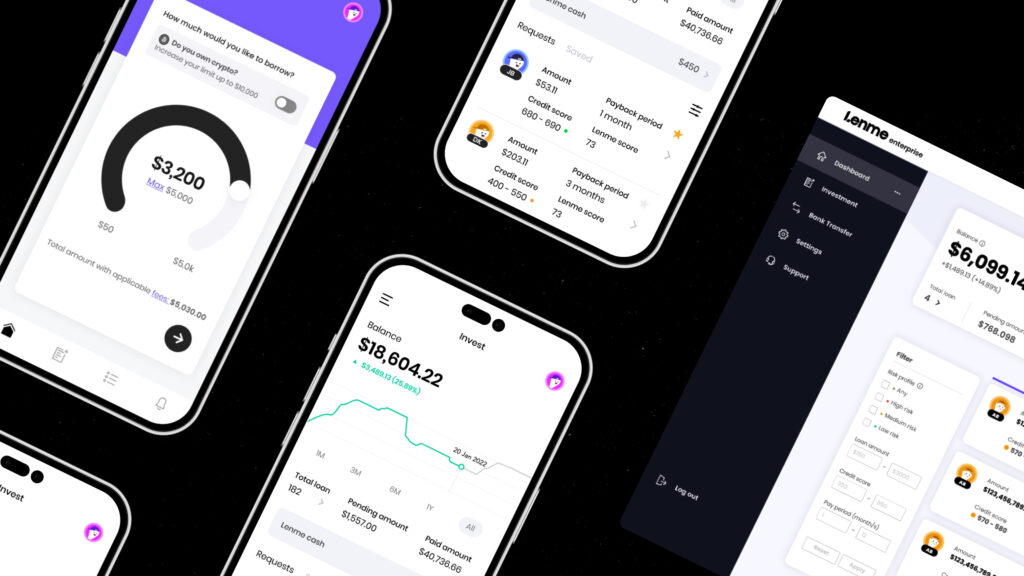
“He was really focused on his studies,” McHale said. “But [he] also realized there was a whole other aspect to this thing—that’s the people aspect. There was an occasion where he set up this big event for the students to come over to [Capital One] and see what it’s like to be a designer there. He’s someone who understands the value of what he got out of [the Academy], and he wants to give that back.”
Kim’s success and story are a reminder that anyone can make a difference in the world. It highlights the importance of pursuing one’s passions and staying true to one’s values. Whether it is UI/UX design, whether it is Capital One, Facebook, Lyft, or Lenme, Kim remains what he has always been—a creative. His is the artistry of translating his perspective of the world into works that engage an audience on the other side of the screen, whether that is the silver screen or a mobile retina.
“For film, I have to understand the character, I have to create a character, and then I have to empathize with the character’s situation,” explained Kim. “For UX design, it’s the same thing. There is a person, and I have to understand the user. There’s lots of commonalities between film and UX. Moreover, story is important for product designers. I have to convince so many people to get into the story so they can understand the solution.”
